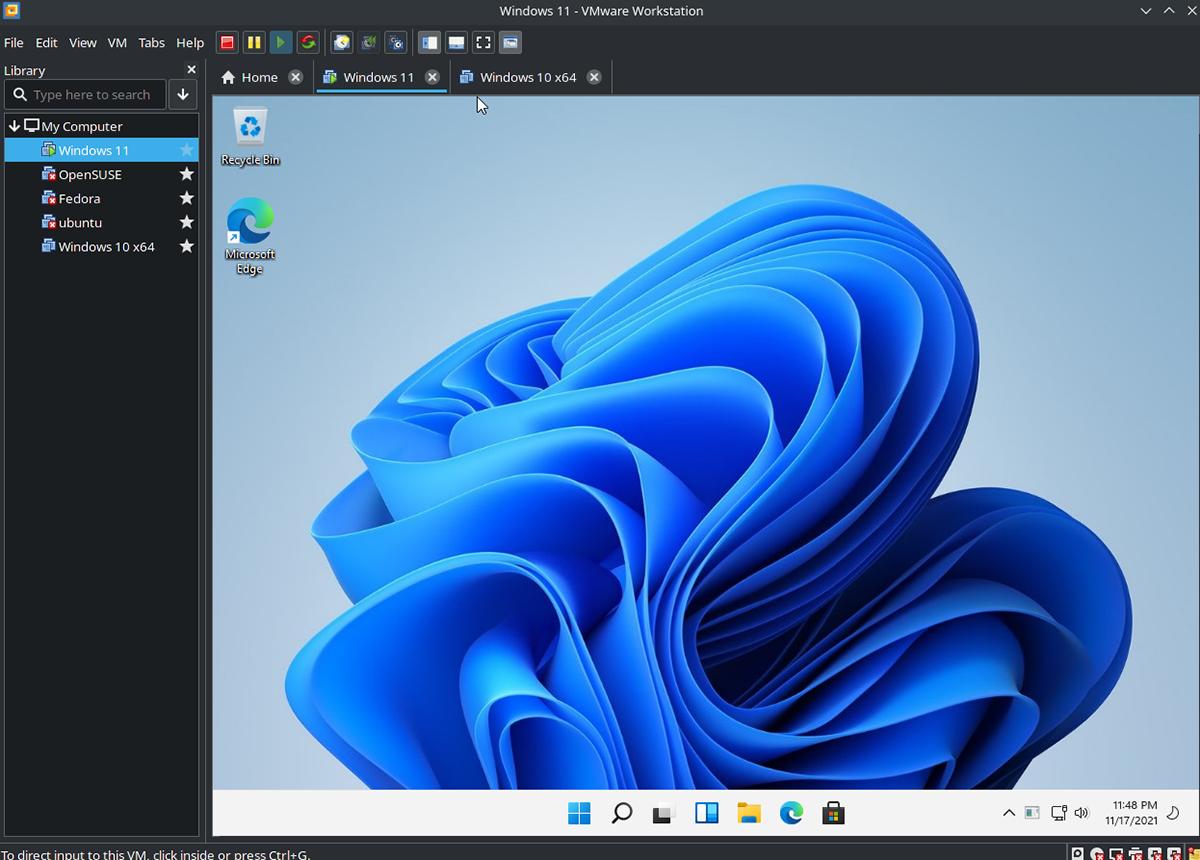
If it’s set to 80 then excellent, you can also keep it higher or lower depending on its requirement. After that click on Next and then select a disk capacity. It will help in selecting a different folder or different drive that you want to save it in. If you are running into space issues, you can click on Browse. The name of the virtual machine can be anything you want to keep.
 Now you are good to go as we are installing macOS 13 and click on Next. It appears after running the unlocker tool. You will see that now you will get the option for macOS X which was not there before. After that, select I will install the operating system later and click on Next. Launch the VMware workstation and click on Create a new virtual machine. Now you can go ahead and open the Vmware, workstation pro and close the current window. Once it’s done, it disappears and closes out when it’s completely done. Say yes to the prompt and it will start to update all the tools which will take about a few minutes. After the running process is over, you are now going to update the tools by right-clicking on the win update tools and clicking on Run as administrator. A Windows dialog box will appear and you will see the option more info. Right-click on the first one, select Run as administrator and make sure you’re running it as an administrator only. First, the installation command as well the win update tools. Then extract the folder and from inside you will be running two things. For this to work successfully, you need to use the pillow projects unlocker version 3.0.4 and permit that to download by clicking on the download file. If you don't see either the icon or the mount, try uninstalling and reinstalling VMware Tools (this happened for me when an old version was originally installed), then disable and re-enable Shared Folders and reboot.When you try to install macOS on VMware workstation pro, you will notice that you don’t have it as a default option.
Now you are good to go as we are installing macOS 13 and click on Next. It appears after running the unlocker tool. You will see that now you will get the option for macOS X which was not there before. After that, select I will install the operating system later and click on Next. Launch the VMware workstation and click on Create a new virtual machine. Now you can go ahead and open the Vmware, workstation pro and close the current window. Once it’s done, it disappears and closes out when it’s completely done. Say yes to the prompt and it will start to update all the tools which will take about a few minutes. After the running process is over, you are now going to update the tools by right-clicking on the win update tools and clicking on Run as administrator. A Windows dialog box will appear and you will see the option more info. Right-click on the first one, select Run as administrator and make sure you’re running it as an administrator only. First, the installation command as well the win update tools. Then extract the folder and from inside you will be running two things. For this to work successfully, you need to use the pillow projects unlocker version 3.0.4 and permit that to download by clicking on the download file. If you don't see either the icon or the mount, try uninstalling and reinstalling VMware Tools (this happened for me when an old version was originally installed), then disable and re-enable Shared Folders and reboot.When you try to install macOS on VMware workstation pro, you will notice that you don’t have it as a default option. 
If there's no icon, check in Finder->Preferences.->General if "Connected servers" is checked:.In the filesystem, it's a vmhgfs mount at /Volumes/VMware Shared Folders: You should now have a "VMware Shared Folders" icon on desktop in which you will see the folder you've created. Press Next and OK everywhere until all dialogues close and add a shared folder (pick any host folder that you have access to and any name) Enable VMware Shared Folders for the VM.After finishing, the installation will restart the system.If a security dialog pops up saying that a system extension was blocked, do as it says: go into security settings, allow the VMware system extension to run and when prompted for restart, choose to restart later.Unlike other answers posted so far, this one explains how to connect the host and guest via VMware Shared Folders.






 0 kommentar(er)
0 kommentar(er)
